Email marketing is a powerful tool that can help you connect with your audience and grow your business. Convertkit is one of the best email marketing platforms available, with features designed specifically for creators and bloggers. However, if you’re new to Convertkit, it can be overwhelming to get started. In this beginner’s guide, we’ll walk you through everything you need to know to get started with Convertkit.
- Setting Up Your Convertkit Account
- Creating Your First Email List
- Creating Your First Opt-In Form
- Understanding Convertkit Automations
- Creating Your First Email Broadcast
- Setting Up Convertkit Integrations
- Using Convertkit Analytics to Measure Success
- Creating Effective Email Content
- Segmenting Your Email List for Better Targeting
- Advanced Convertkit Tips and Tricks
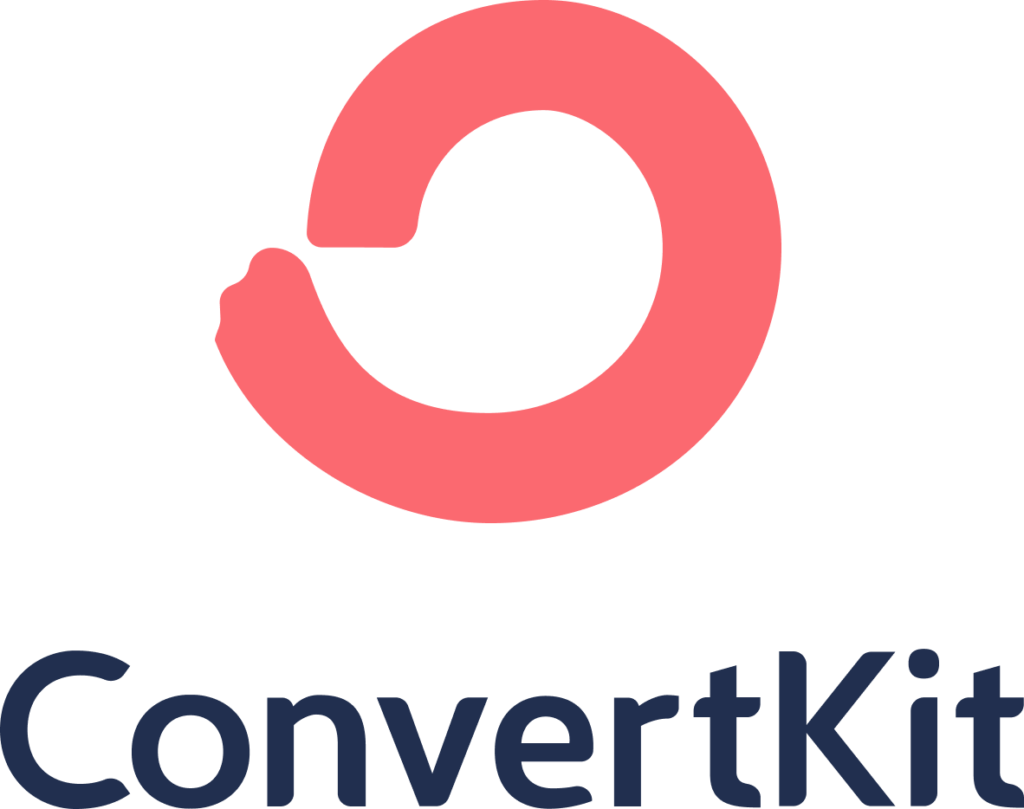
Try ConvertKit
ConvertKit is the only email marketing platform we use, and will ever use.
ConvertKit is our #1 recommended email marketing platform because it has been built with care to the exact needs of creators building online businesses. Their user experience is very user-friendly. And segmenting our subscribers into focused groups so that we can deliver content specific to their needs has never been easier. We’re all-in on ConvertKit.
Setting Up Your Convertkit Account
The first step in getting started with Convertkit is setting up your account. It’s a simple process that involves entering your basic information and choosing a plan that fits your needs. Once you’ve signed up, you’ll have access to the Convertkit dashboard, where you can begin building your email list.
Creating Your First Email List
The next step is to create your first email list. This is where you’ll store the contact information for your subscribers. Convertkit makes it easy to create and manage multiple email lists, so you can keep your subscribers organized and targeted. You can also set up custom fields to collect additional information about your subscribers.
Creating Your First Opt-In Form
Once you have your email list set up, you’ll need to create an opt-in form to collect email addresses from your website visitors. Convertkit provides a variety of templates and customization options to help you create a form that matches your brand and encourages sign-ups.
Understanding Convertkit Automations
One of the most powerful features of Convertkit is its automation capabilities. Automations allow you to set up a series of actions that happen automatically when a subscriber takes a specific action, such as signing up for your email list or clicking a link in an email. You can use automations to welcome new subscribers, deliver content upgrades, and more.
Creating Your First Email Broadcast
Once you’ve collected some email addresses, you’ll want to start sending emails to your subscribers. Convertkit makes it easy to create and send email broadcasts, which are one-time emails that go out to your entire list. You can customize the design and content of your email, and even schedule it to send at a specific time.
Setting Up Convertkit Integrations
Convertkit integrates with a variety of other tools and platforms, including WordPress, Shopify, and more. By setting up integrations, you can automate tasks like adding new subscribers to your email list or tracking purchases from your email campaigns.
Using Convertkit Analytics to Measure Success
In order to improve your email marketing efforts, it’s important to track your results. Convertkit provides detailed analytics that allow you to see how your emails are performing, which subscribers are engaging the most, and more. You can use this information to refine your email content and targeting strategies.
Creating Effective Email Content
Your email content is what will keep your subscribers engaged and coming back for more. Convertkit provides a variety of tools to help you create effective email content, including email templates, drag-and-drop editors, and more. You can also use personalization and segmentation to create more targeted emails.
Segmenting Your Email List for Better Targeting
Segmentation is the process of dividing your email list into smaller groups based on specific criteria, such as interests or behavior. By segmenting your email list, you can create more targeted campaigns and improve your overall email marketing effectiveness.
Advanced Convertkit Tips and Tricks
Advanced Convertkit Tips and Tricks refer to using more advanced features in Convertkit to enhance your email marketing strategy. Some of these advanced features include creating automated email sequences, segmenting your email list, and creating custom fields. By using these features, you can better target your audience, create personalized experiences for your subscribers, and ultimately improve your email engagement and conversion rates. In this blog post, we’ll dive deeper into these advanced features and show you how to use them effectively in your email marketing strategy.
Now that you’re comfortable with the basics of Convertkit, it’s time to take your email marketing to the next level with some advanced tips and tricks.
- Segment Your Subscribers:
One of the most powerful features of Convertkit is the ability to segment your subscribers based on their interests and behaviors. By creating targeted segments, you can send highly relevant content to your subscribers and improve your engagement rates. You can segment your subscribers by tags, forms, sequences, and more. - Use Automation Rules:
Automation rules are a way to automatically perform actions based on triggers. For example, you can automatically tag a subscriber when they click a specific link in your email, or move them to a new sequence when they complete a specific action on your website. This saves you time and ensures that your subscribers receive the right content at the right time. - A/B Test Your Emails:
A/B testing is a way to compare two different versions of an email to see which one performs better. By testing different subject lines, content, and calls-to-action, you can optimize your email campaigns for maximum results. Convertkit makes it easy to set up A/B tests and track the results. - Create Advanced Sequences:
Sequences are a series of automated emails that are sent to subscribers over a period of time. With Convertkit, you can create advanced sequences that include conditional logic, tags, and more. This allows you to personalize your email campaigns even further and deliver highly targeted content to your subscribers. - Use Integrations:
Convertkit integrates with a wide variety of other tools, such as landing page builders, e-commerce platforms, and more. By using these integrations, you can automate your workflows even further and create a seamless experience for your subscribers.
Conclusion
By now, you should have a good understanding of what Convertkit is and how it can help you build and grow your email list. Remember, your email list is one of the most valuable assets you can have as a blogger or business owner, and Convertkit is a powerful tool that can help you make the most of it.
In the next post of this guide, we will explore the features of Convertkit in more detail and show you how to set up your first email sequence. Stay tuned and don’t forget to check out the Convertkit website to learn more about this amazing email marketing tool.
Email List Building Video Workshop
Watch this free step by step video workshop by Isa Adney, Business Owner and Trainer at ConvertKit.
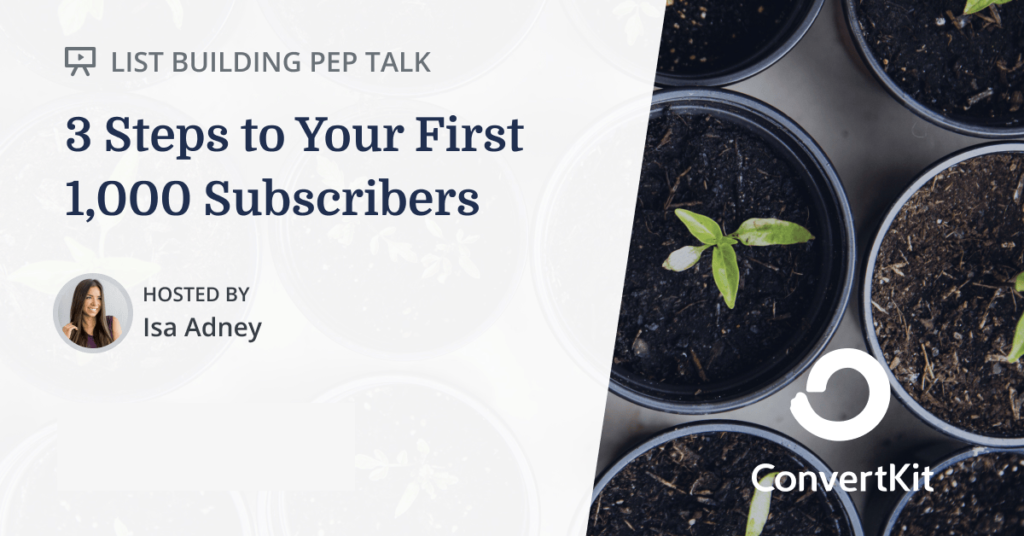

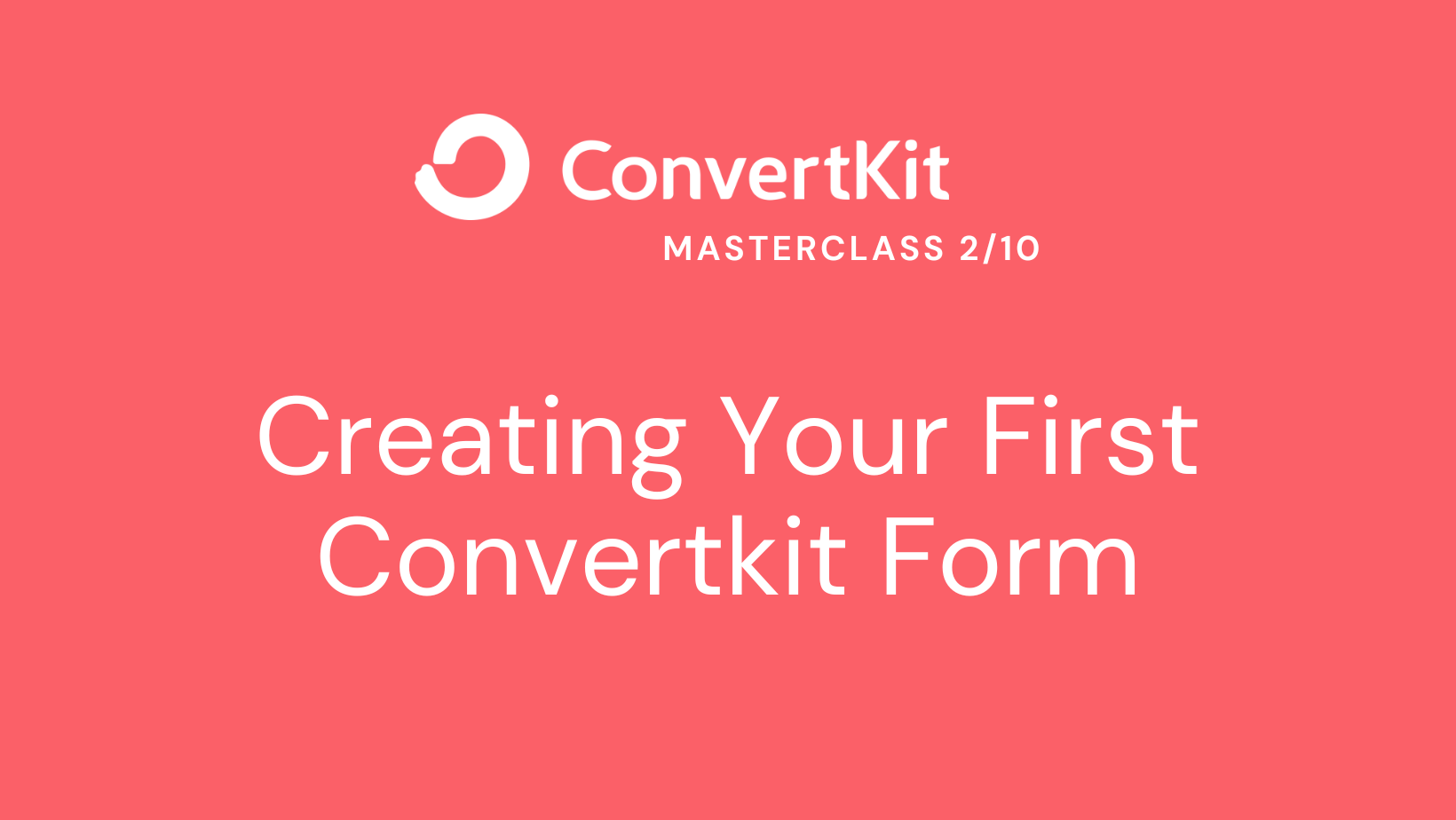

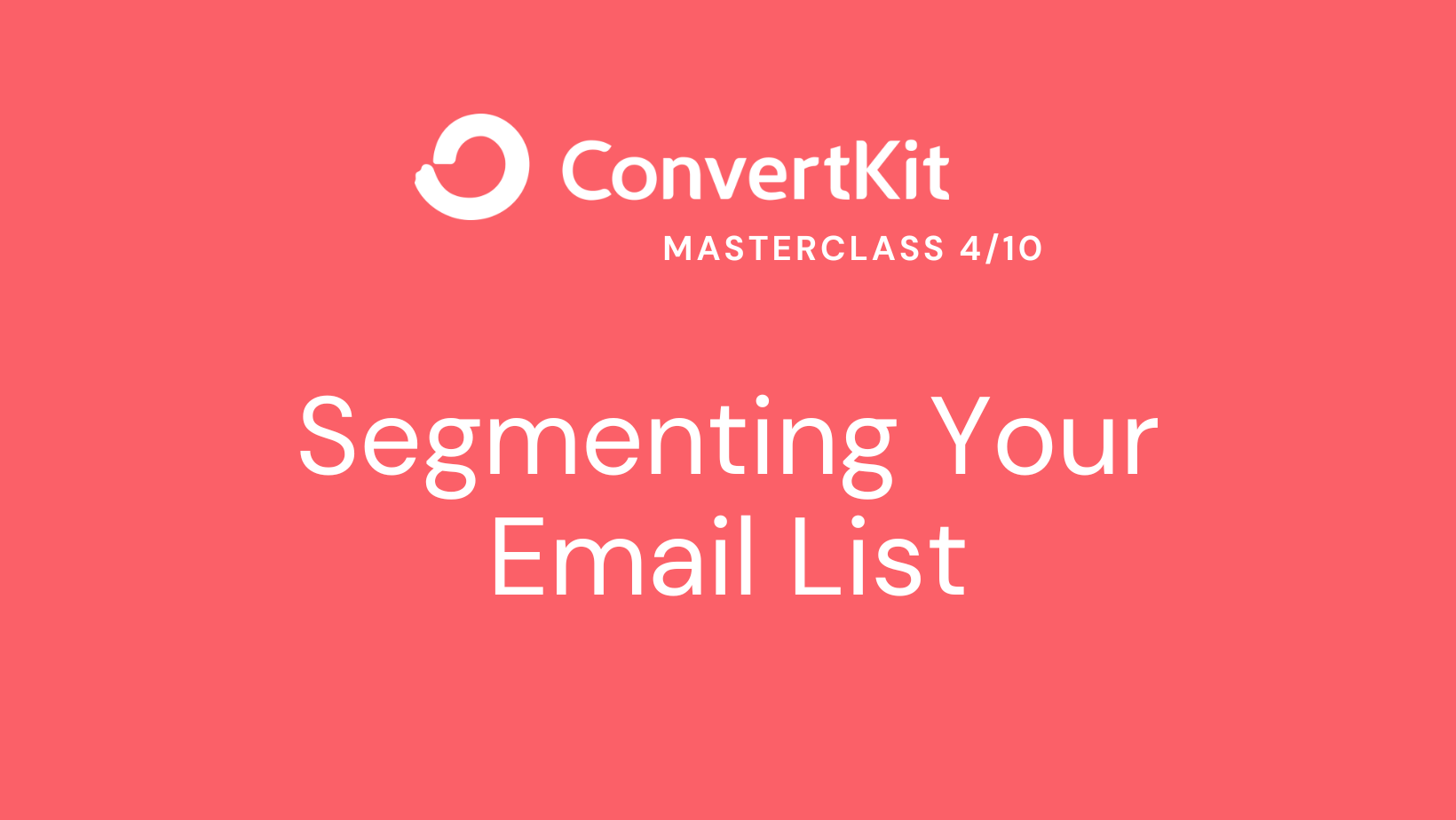
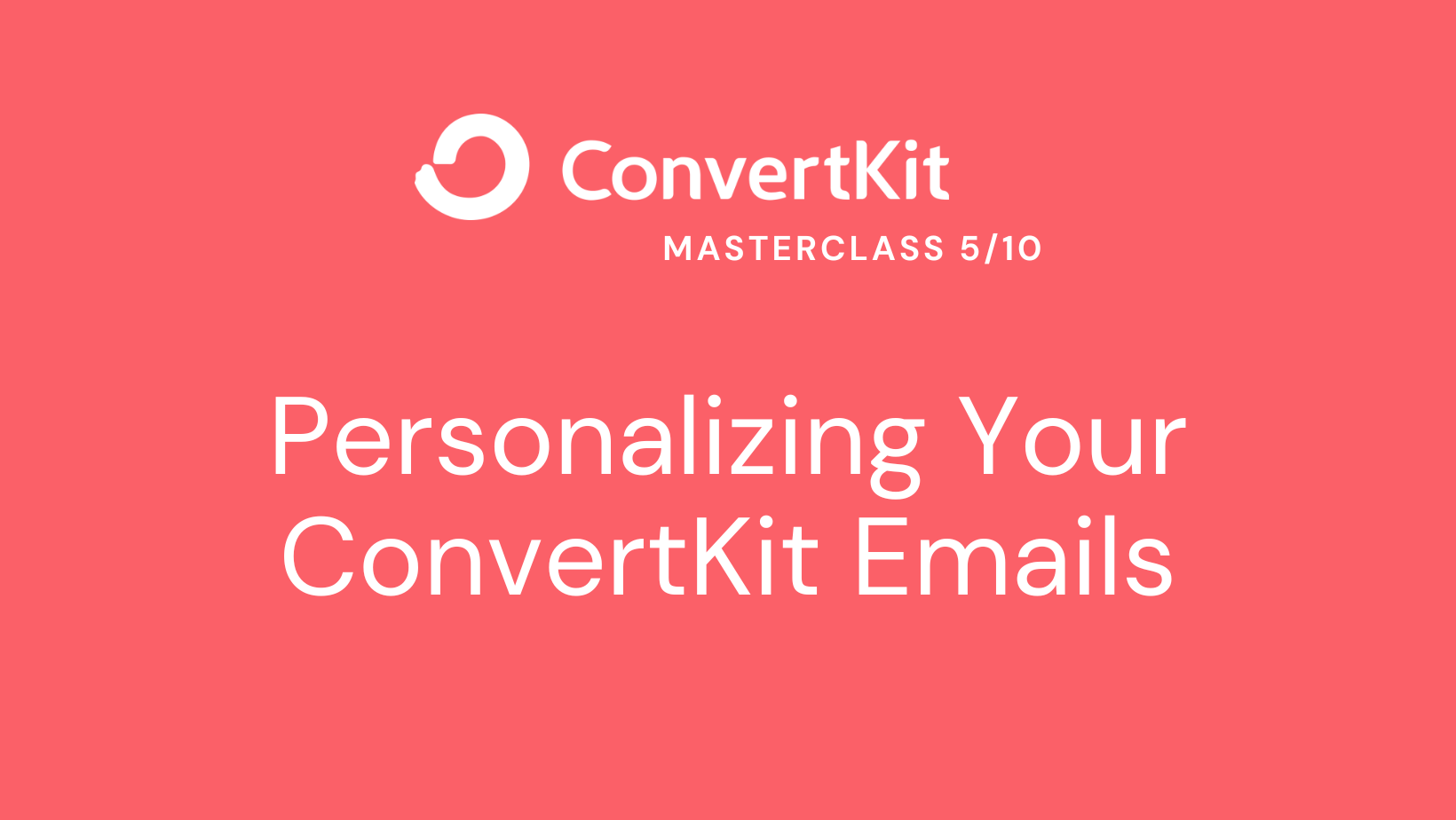
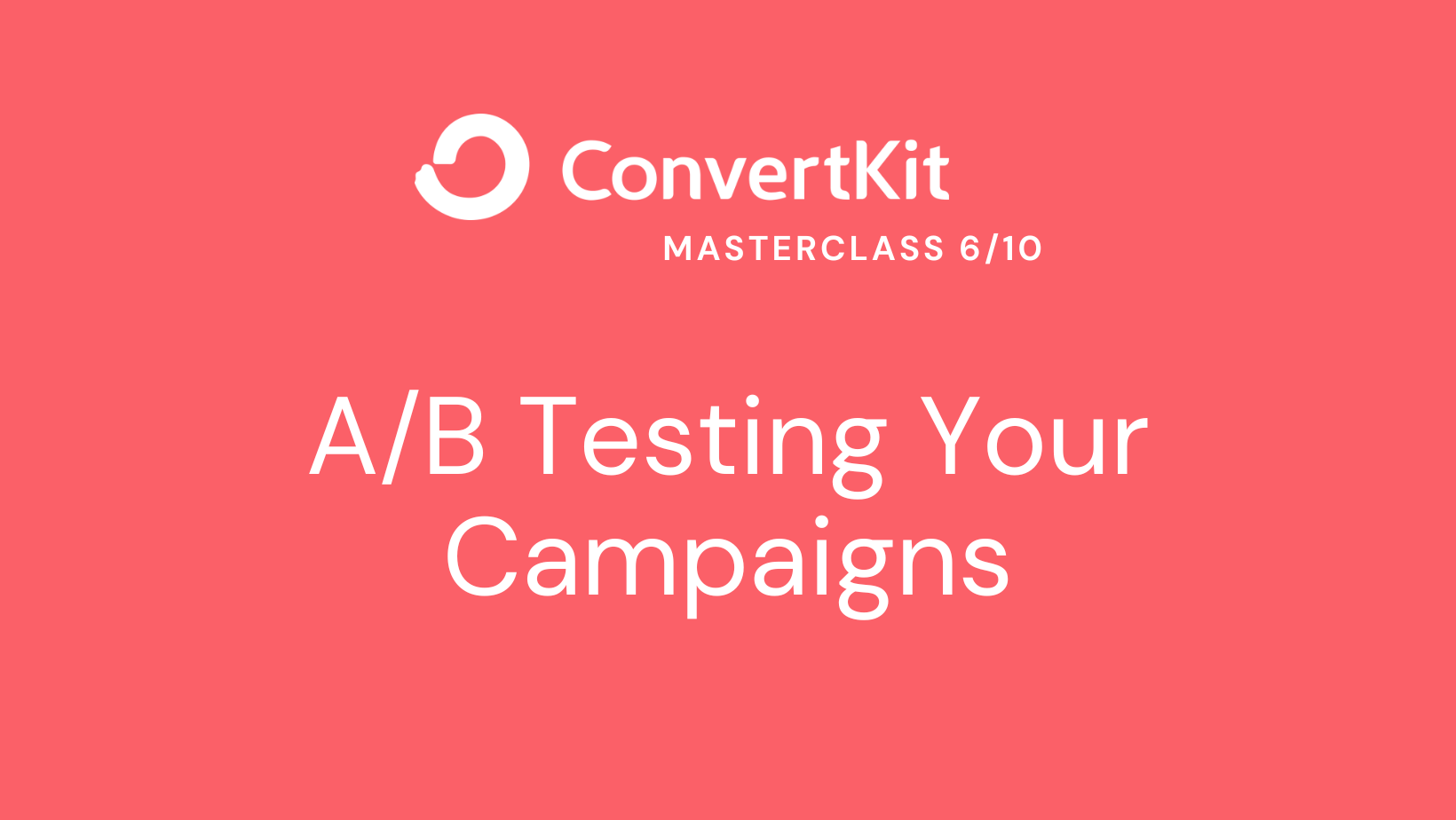
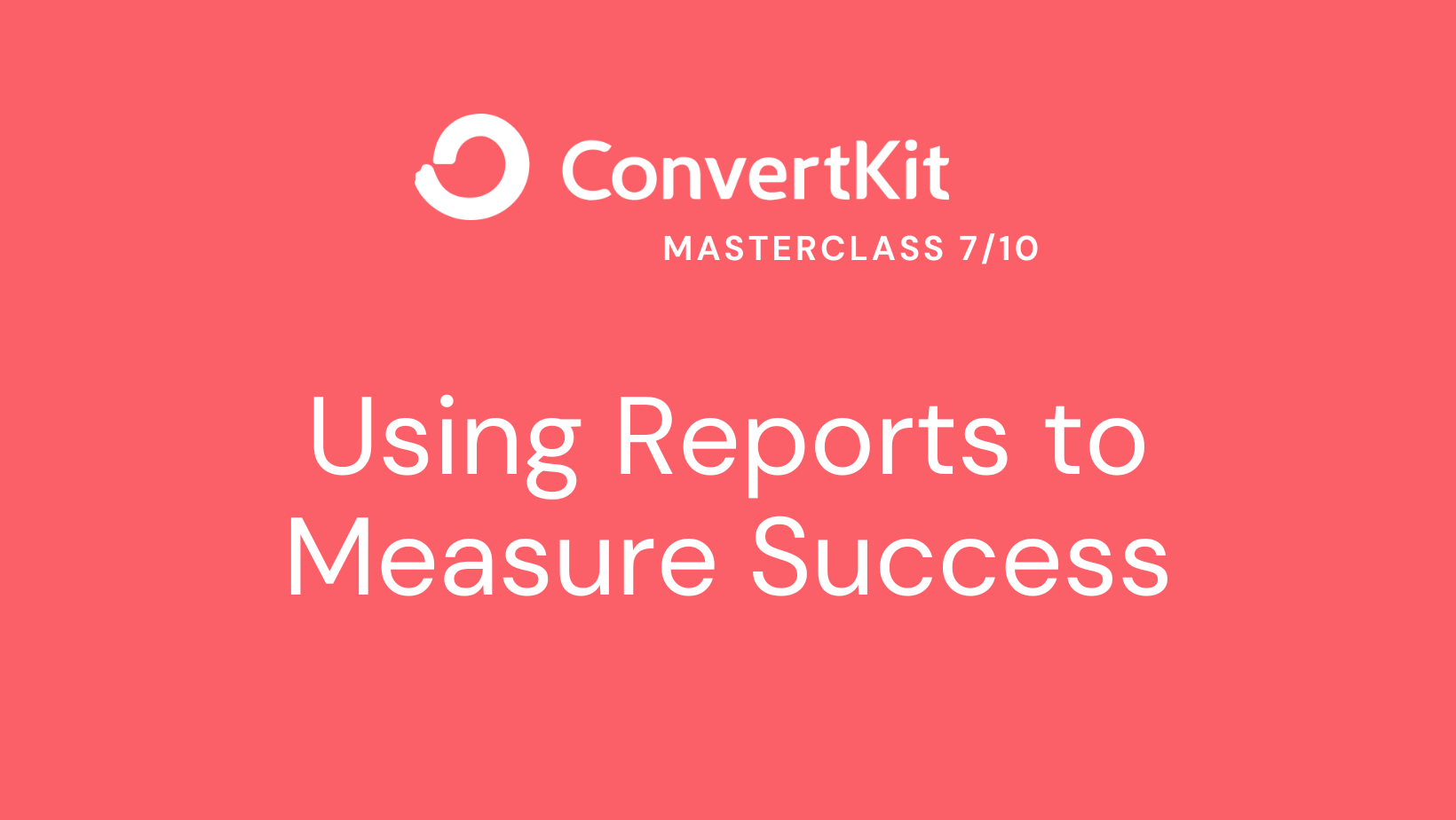
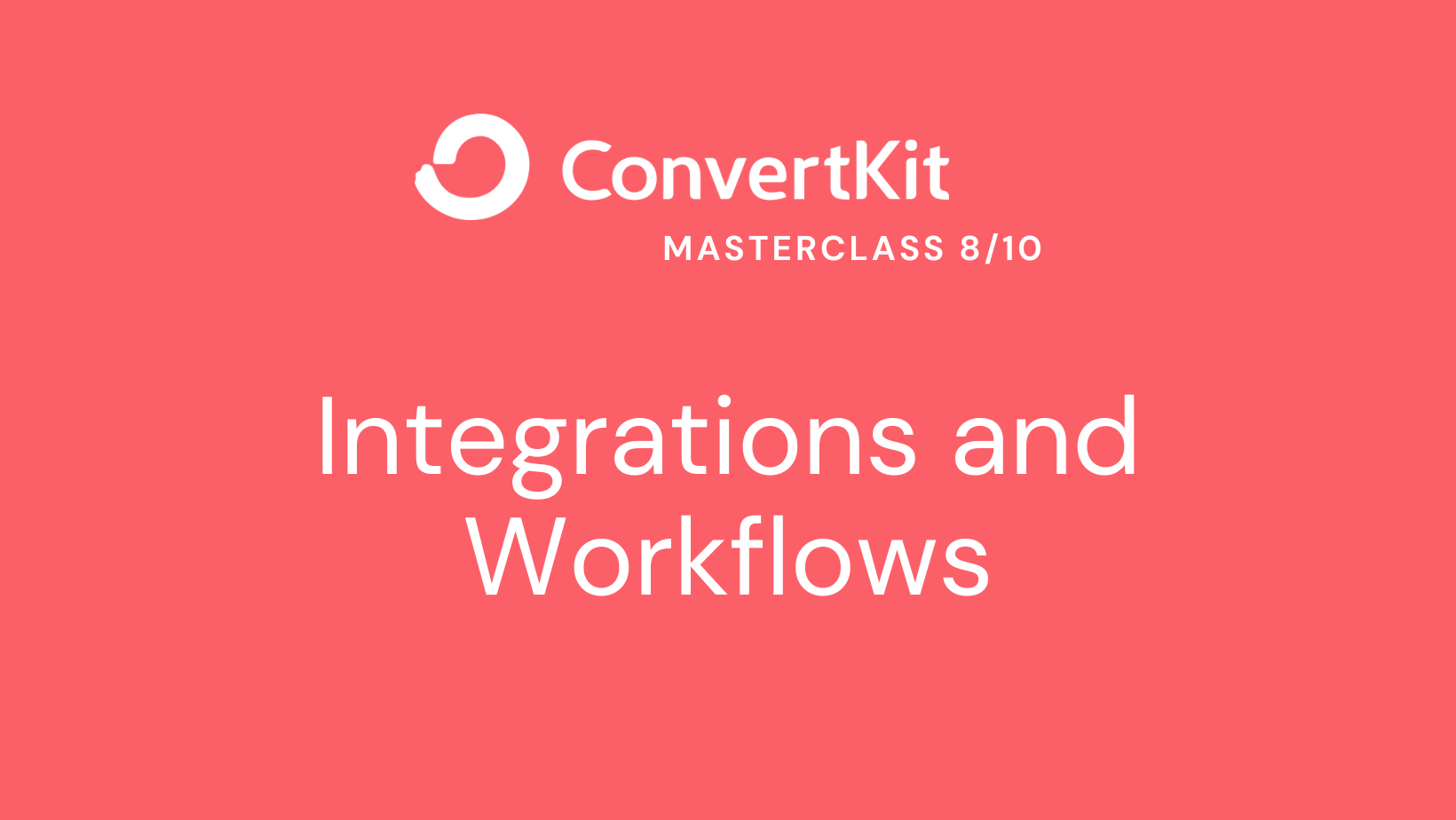
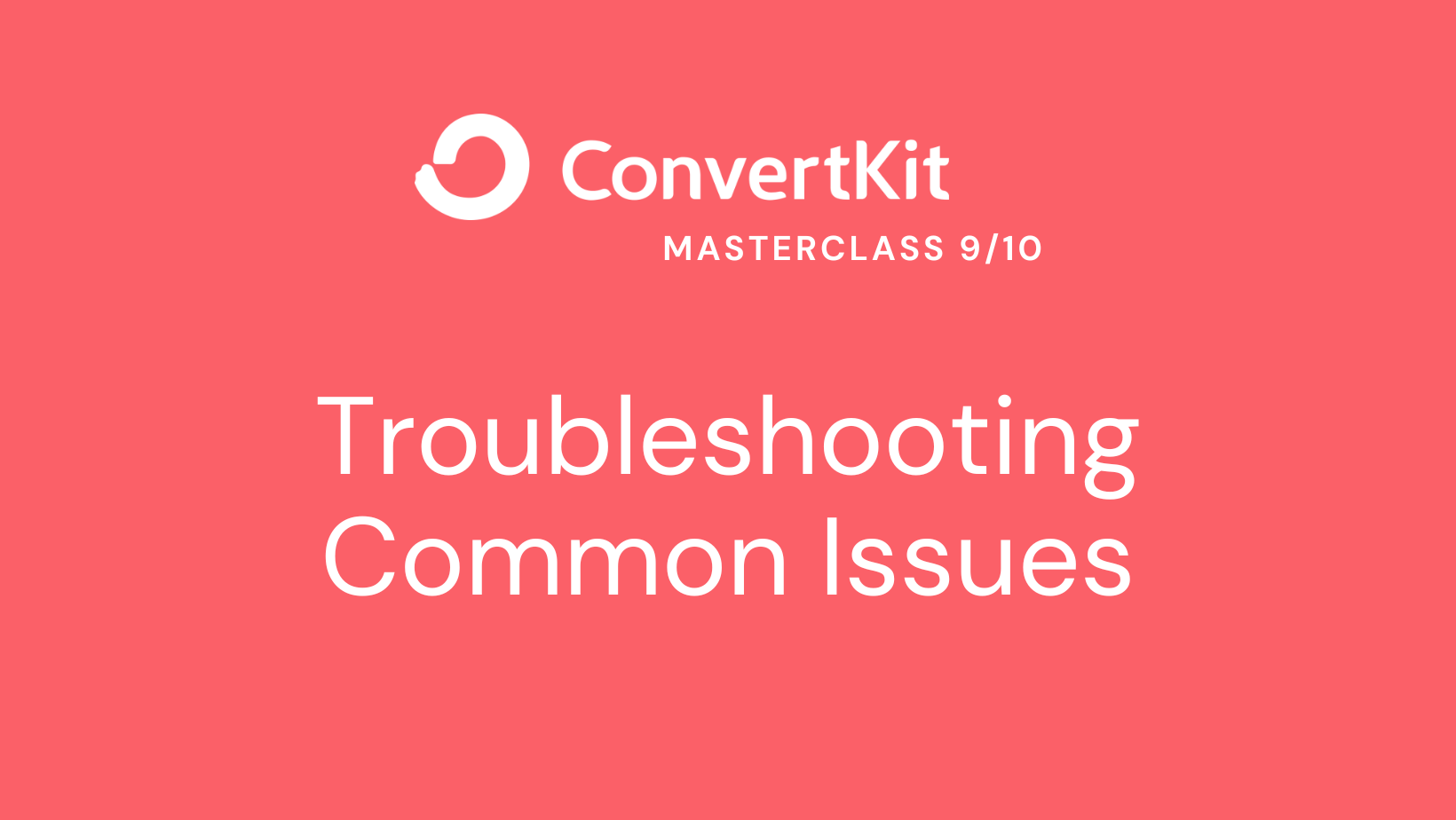

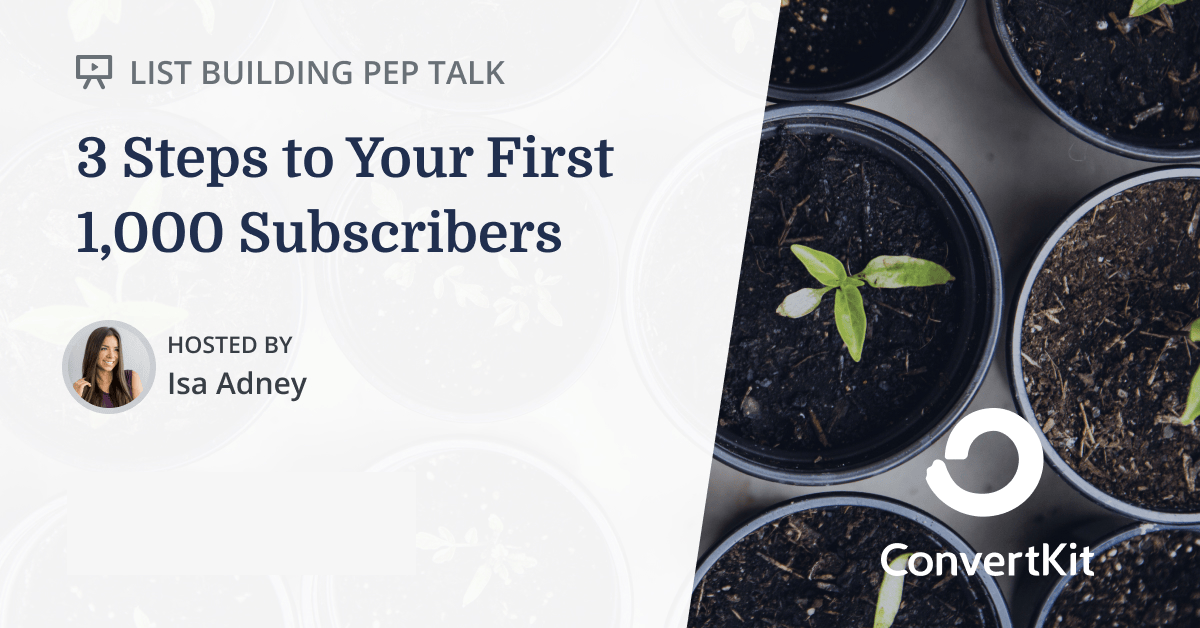
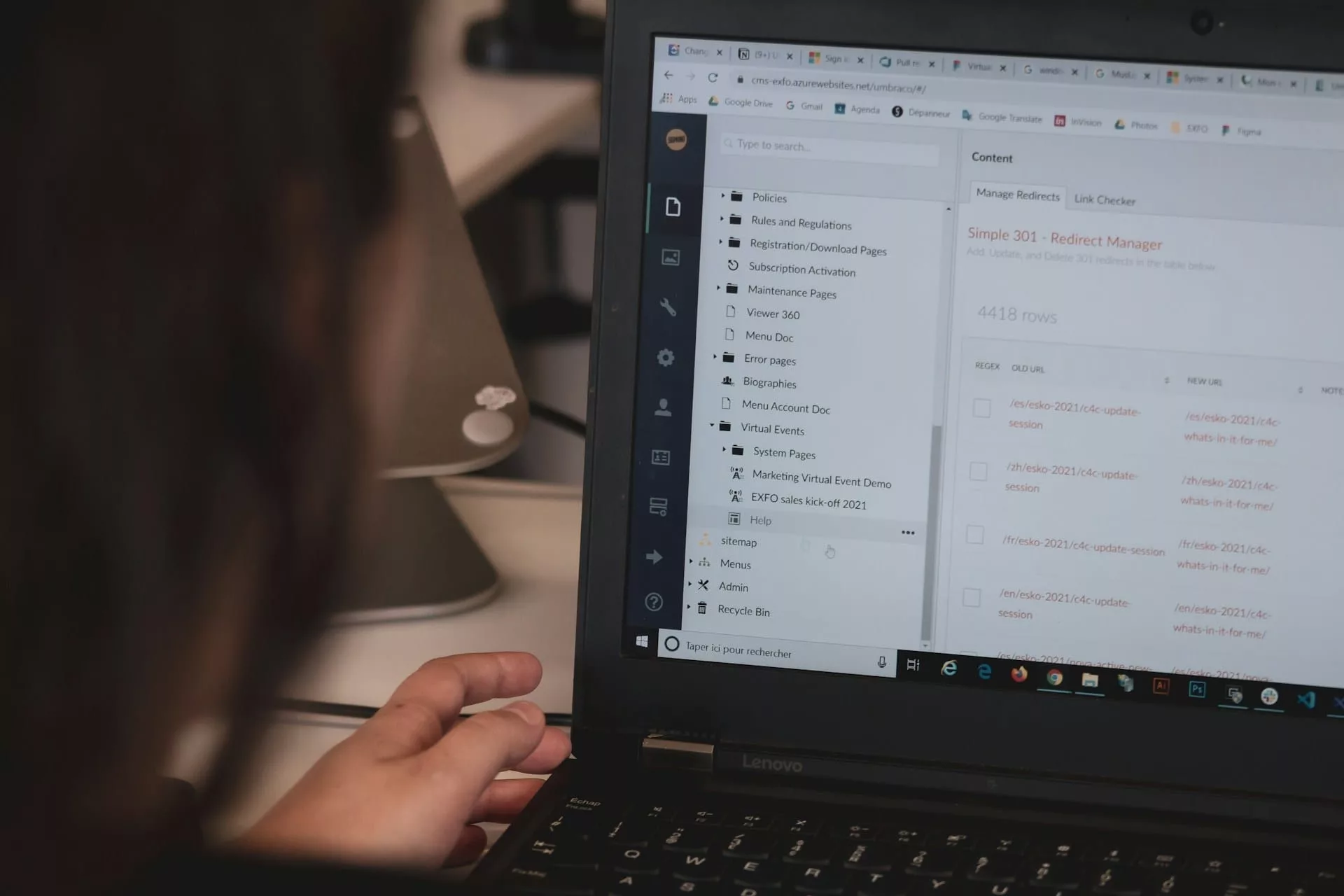
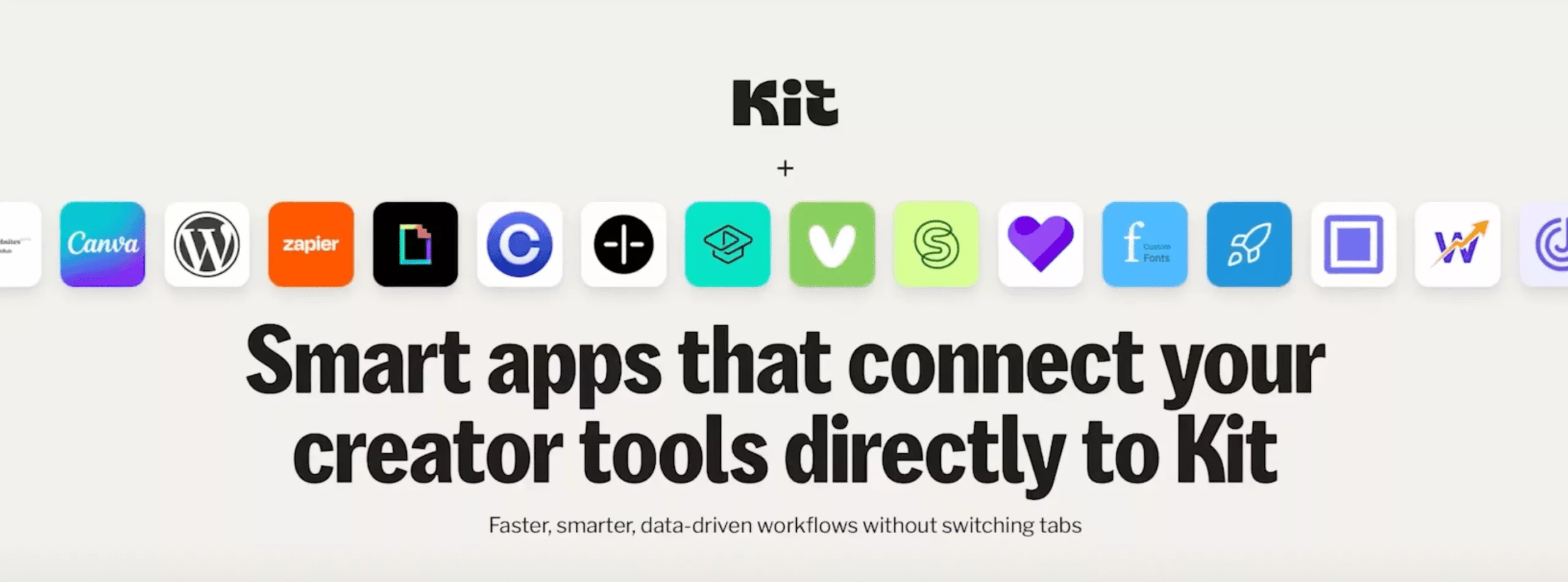

Leave a Reply